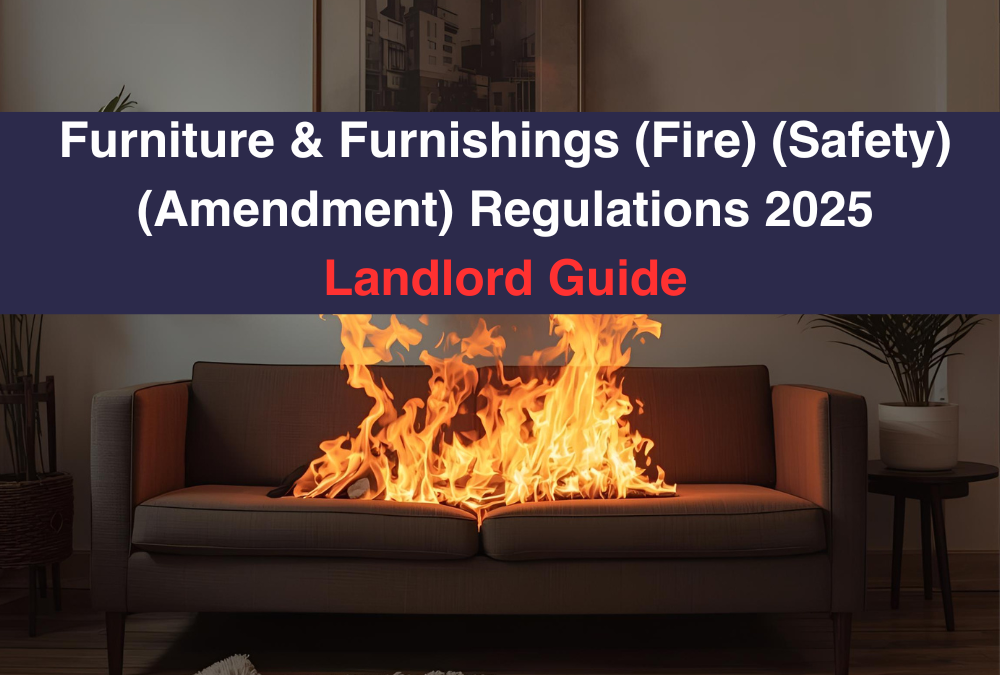It is not always easy but when you are hunting for a house, whether it be as a potential landlord or tenant looking for a new home but try not to get too attached early on. Horizon Lets have some top tips to help you get the most out of any visit so that your heart doesn’t overrule your head and cause you to overlook any problems. The way to ensure you make the right decision is to view as many properties as possible, gain experience in viewing and understand what information you should be gathering. You can also use the tools which you have before you physically view the property such as Street View and Google Earth which can give you a good insight.
First things first, don’t be rushed. This is your opportunity to explore the property and find out if it’s the one for you. Try to spend at least 20 to 30 minutes viewing the property and really get a feel for the place.
Don’t worry if you spot things which are not 100% right, you shouldn’t necessarily be put off straight away. You could use what you have discovered to negotiate on the price, depending on how big the issue is and how much it will cost.
So, you’ve found a great potential property to go and view, what else do you need to know?
Is there damp?
The main signs are a mouldy smell, flaky plaster, and watermarked walls or ceilings. It sounds obvious, but make sure you look closely near the ceiling and around the skirting boards. Another clue might be if the room has just been repainted, possibly covering any damp.
How much storage space is there?
Storage space is a valuable but often overlooked asset. Where will you keep your hoover, towels, spare towels and the boxes of junk which we know everybody has! Is there room for cupboards or shelves to be built in? Especially in newly built houses, storage space can be scarce.
Which way does the house face?
During a cloudy day or at night, it is difficult to tell the difference between a north and south facing house or garden – but in summer it can make the world of difference between a house being full of light and one that is annoyingly low lit. Don’t be shy about taking a compass with you to the viewing – you might have one on your phone.
Are the rooms big enough for your needs?
Occasionally, it has been known for people to put smaller furniture in rooms to make them seem bigger. maybe take a seat in the dining room to see if the chairs are a comfortable size.
Do the window frames have cracking paint? Is the double-glazing intact?
The state of the external window frames is a great indicator of the state of the house – if people look after those, they are likely to have taken great care of the rest. If you can easily push your finger into wooden window frame, they are usually rotten. If there is condensation between double-glazed window-panes it means that they are faulty.
How old is the roof?
Replacing a roof is very expensive, and newer roofs have a life expectancy of around 15-20 years. If the property has a flat or nearly flat roof, check the material with which it is sealed.
Are the electrics up to date?
You need to ensure you check the consumer unit and sockets in the property. The metal consumer units are the most up to date ones and there should also be a stick on the box to say when it was first checked.
Are there enough power points and what condition are they in?
Old or not up to standard wiring can be dangerous and rewiring your new home can be expensive so make sure you check sockets and the fuse board – often these things can be an indication of the state of the wiring.
Is the plumbing up to scratch?
Run the taps to check the water pressure. Do the radiators actually work? How old is the boiler? If the hot water tank is situated in the roof it is probably an old one and may have to be replaced soon – bare this in mind!
Is there sufficient drainage in the area?
Check the locations and levels of external drains. Are the drains accessible and fully functional? If you are concerned about insufficient drainage for a property you wish to buy, then get a structural survey.
What’s the area like?
Are your near a pub or business that stays open into the evening? It is also worth considering how far you are from the local shops. What is public transport like in the area and are you near any busy roads or train tracks.
Does it feel like you could make it your home?
If you like a property, arrange another viewing for a different time of day, and maybe go a little bit early to look at the local area a bit more. Even in a fast-moving market, if possible it is best to go and see the property more than once before you make your decision to buy.
By viewing at different times of day, you can find out how the light, traffic and surrounding noises change. You might just discover that the quiet, idyllic street you saw at 11am is a completely different story at 6pm. If you can, take somebody with you who might be able to notice things you don’t see, and be sure to ask as many questions as you like.
If you would like an additional helping hand then use our downloadable Viewing Checklist which you can take with you to as many viewings as you need to.
If you require help finding your next property, speak to out lettings agents to help you find your perfect home.
Related Articles
- Tenant Moving Out Information
- Unfair Terms in Tenancy Agreements
- Rent Arrears & Debt Extension
- How To Save Money On Your Energy Bills
- Different Types Of Tenancy Explained








